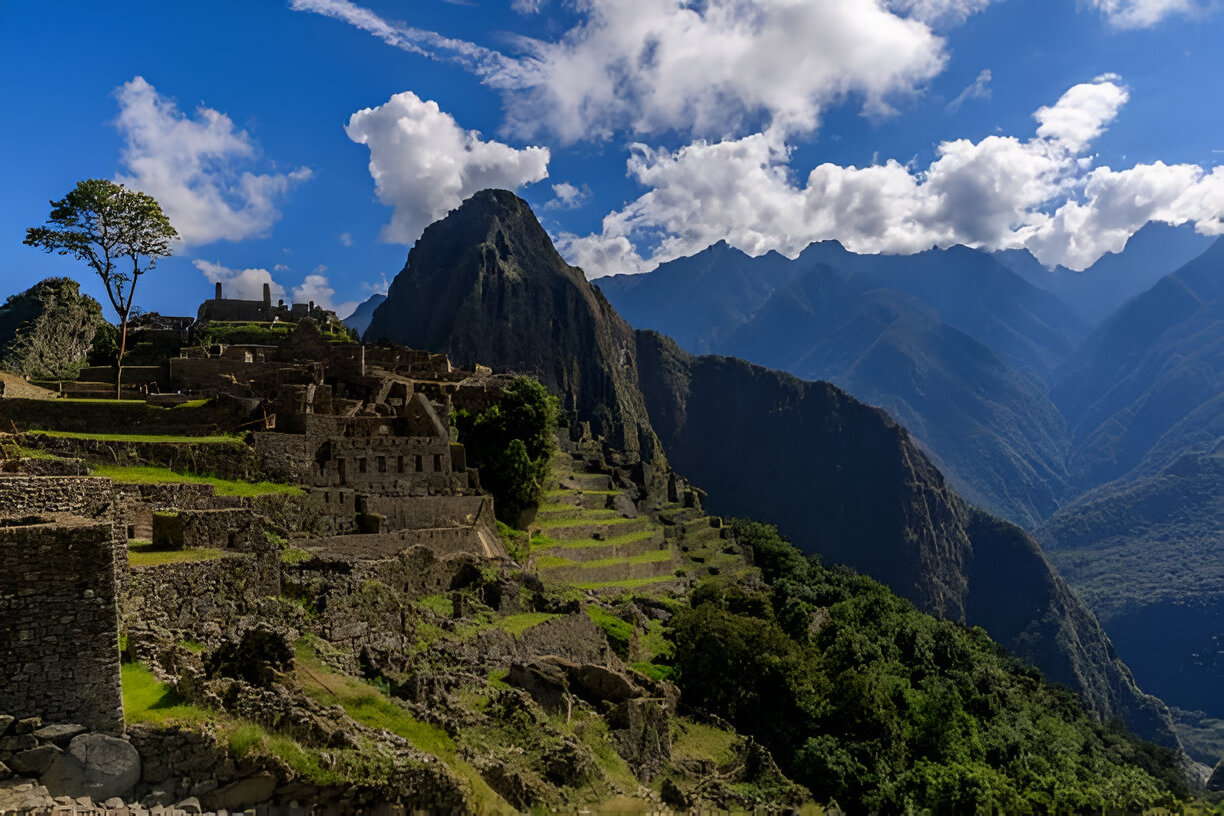Machu Picchu, often referred to as the “Lost City of the Incas,” is one of the most remarkable archaeological sites in the world. Nestled in the Andes Mountains of Peru, this UNESCO World Heritage site sits at an elevation of 2,430 meters (7,970 feet) above sea level. Understanding the elevation of Machu Picchu is crucial for travelers, as it can significantly affect your experience and well-being during your visit.
At such a high altitude, many visitors may experience symptoms of altitude sickness, commonly known as acute mountain sickness (AMS). Symptoms can include headaches, nausea, dizziness, and fatigue. To help mitigate these effects, it is advisable to spend a few days acclimatizing in Cusco, which itself is at a higher elevation of about 3,400 meters (11,155 feet). Drinking plenty of water and avoiding strenuous activities can also assist in adjusting to the altitude.
Once you reach Machu Picchu, the stunning views of terraced mountains, ancient ruins, and the surrounding cloud forest will make every moment worthwhile. The unique elevation offers a perspective that is unlike any other, providing a glimpse into the ingenuity of the Inca civilization and their architectural prowess.
For those planning a visit to Machu Picchu, it is essential to consider travel logistics, including train tickets and guided tours, to make the most of your experience. Peruways offers tailored travel services that can help you navigate the journey to Machu Picchu, ensuring you have everything you need to enjoy your adventure fully.
In conclusion, understanding the elevation of Machu Picchu is vital for a successful visit. By preparing adequately and utilizing available resources, you can enjoy a memorable trip to this iconic site while minimizing the impact of high altitude on your journey.










Comment (0)